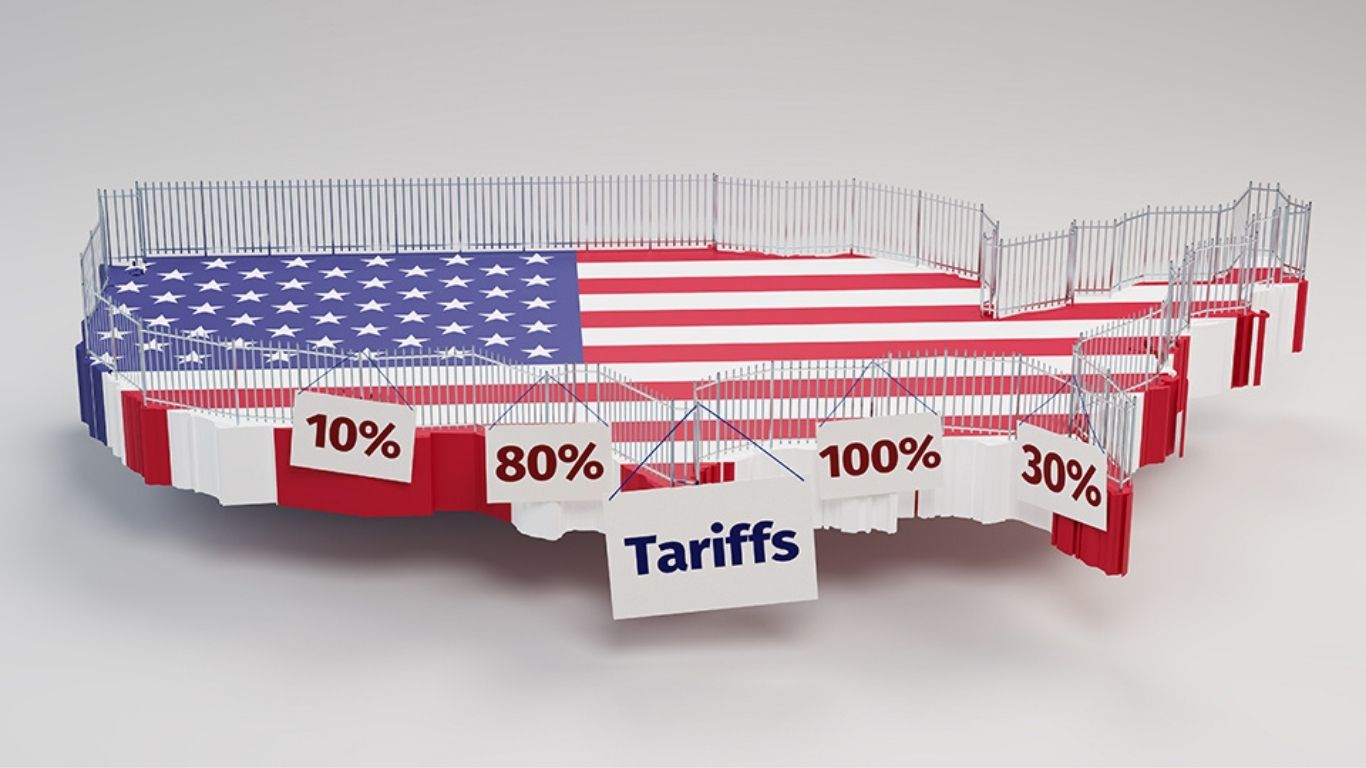A Storm on Wall Street
If there’s one thing markets hate, it’s uncertainty. And thanks to President Donald Trump’s ever-changing stance on tariffs, uncertainty is all they’ve got. Monday saw US stocks nosedive in a panic-driven selloff, with the Dow Jones plunging nearly 900 points, the S&P 500 dropping 2.7%, and the Nasdaq cratering 4%—its worst day since September 2022.
Bitcoin didn’t fare much better, tumbling below $78,000 as investors scrambled to dump risky assets. Meanwhile, Wall Street’s so-called “fear gauge” (the VIX) spiked to its highest level this year. Why? Because the man in the White House decided to keep everyone guessing about the US economy’s next move.
Trump’s Recession Riddle
It all started on Sunday when Trump—never one to shy away from a headline—dropped a vague yet ominous remark during an interview on Fox News. When asked whether he expected a recession, he dodged, saying, “There is a period of transition because what we’re doing is very big.”
Translation: No one knows what’s coming next—including him.
That was enough to send markets into a tailspin. Traders have been jittery about his tariff threats for weeks, but now they’re bracing for something even worse: the possibility that Trump’s economic policies could throw the US into a full-blown recession.
The Tech Bloodbath
Tech stocks bore the brunt of Monday’s carnage. The so-called “Magnificent Seven”—Apple, Amazon, Alphabet, Microsoft, Meta, Tesla, and Nvidia—took a beating, wiping out billions in market value.
Tesla got the worst of it, plummeting 15.4%. Its stock, once riding high after Trump’s election, has now erased all its post-election gains. Investors aren’t just worried about tariffs—they’re also watching CEO Elon Musk’s deepening ties with Trump, which have fueled protests and bad press for the company.
Nvidia, the AI darling, slid 5%, while Palantir—another big name in the AI game—tumbled 10%. The market’s message was clear: If you’re a tech giant, buckle up.
Fear Rules the Market
“This uncertainty has been swirling in the market,” said Anthony Saglimbene, chief market strategist at Ameriprise.
No kidding.
CNN’s Fear & Greed Index, which tracks investor sentiment, showed “extreme fear” dominating Wall Street for the second week in a row. The selloff wasn’t just about stocks—bond markets saw a rush of panic buying, pushing the 10-year US Treasury yield down to 4.225%. In plain English: Investors are running for cover.
The Tariff Time Bomb
Trump’s on-again, off-again tariff threats have kept investors on edge for months, but Monday’s crash made one thing painfully clear: The market is losing confidence in Trump’s “America First” policies.
Let’s recap the tariff drama:
- Trump threatened a massive tariff on imports from Canada and Mexico, only to delay it until April 2.
- He doubled tariffs on Chinese imports from 10% to 20%.
- A 25% tariff on steel and aluminum imports kicks in next week.
- He floated a 250% tariff on Canadian dairy (yes, really).
- He also hinted at a “tremendously high” tariff on Canadian lumber—because apparently, nothing gets Trump going like a good old-fashioned trade war with Canada.
And on Sunday, he warned that tariffs “may still go up as time goes by.”
The response from Wall Street? Panic.
“The talk of tariffs is, in a lot of ways, worse than the implementation of them,” said David Bahnsen, chief investment officer at the Bahnsen Group.
Translation: Trump’s tariff strategy is a guessing game, and the market is tired of playing.
The Recession Clock Is Ticking
The economic warning signs are piling up:
- Layoffs are rising.
- Hiring is slowing.
- Consumer confidence is dropping.
- Inflation is creeping back up.
Now, investors are waiting for key inflation data set to drop this week. If those numbers show inflation isn’t cooling fast enough, the Federal Reserve could be forced to keep interest rates high for longer—which would only add to the market’s misery.
A recession is typically defined by two consecutive quarters of negative GDP growth. Officially, the National Bureau of Economic Research decides when a recession begins, but as CFRA Research strategist Sam Stovall put it:
“How long this period of investor caution lasts depends on how quickly Trump’s trade war threats clear up—or how much damage they do before they end.”
What’s Next?
For now, Wall Street is watching two things:
- Trump’s next tariff move. If he escalates, expect another market plunge.
- This week’s inflation report. If it’s bad, the selloff could get even worse.
In the meantime, one thing is clear: Investors don’t trust the White House’s economic game plan. And until they get some real answers, Wall Street is bracing for more pain.




